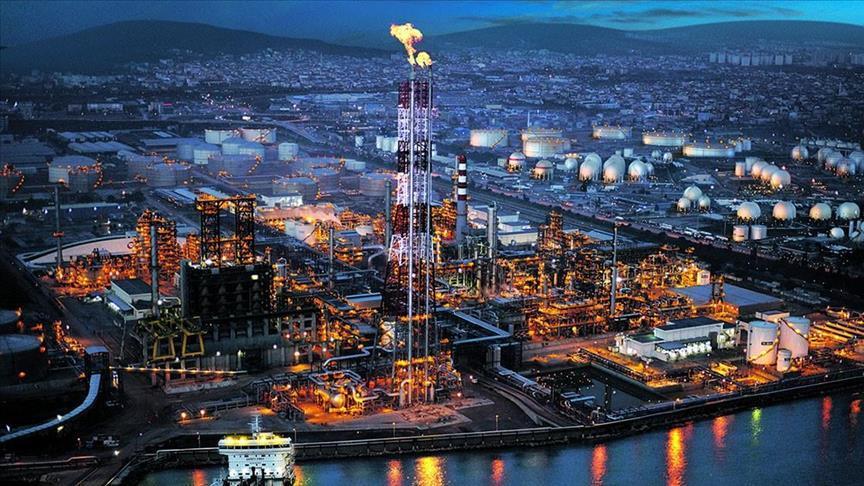Oil prices fell on Wednesday, fueled by growing concerns that major central banks will continue their tightening cycle despite US data showing a decrease in crude stockpiles, indicating a rebound in demand in the world’s largest consuming country.
International benchmark Brent crude traded at $84.36 per barrel at 09.48 a.m. local time (0648 GMT), a 0.48% decrease from the closing price of $84.77 a barrel in the previous trading session.
Concurrently, the American benchmark West Texas Intermediate (WTI) traded at $80.53 per barrel, down 0.45% from the previous session’s close of $80.90 per barrel.
Markets are still pricing in a pessimistic scenario in which rising interest rates and high inflation dampen oil demand.
Fears heightened after Atlanta Federal Reserve President Raphael Bostic pointed to ‘one more interest rate rise’ to lower high inflation.
‘One more move should be enough for us to then take a step back and see how our policy is flowing through the economy, to understand the extent to which inflation is returning back to our target,’ Bostic said in an interview.
The US Fed made a total of 425-point interest rate increases on seven occasions last year to fight record-high inflation that climbed to the highest level in over 40 years by mid-2022.
It later made a rate increase of 25 basis points on Feb. 1, followed by another hike of 25 basis points on March 22 that carried its benchmark funds rate to a range of 4.75% to 5%.
However, demand rebound expectations rose, alleviating concerns about falling demand, after the American Petroleum Institute (API) announced late Tuesday an estimated decrease of 2.67 million barrels in US crude oil inventories, more than the market expectation of a 2.46 million-barrel draw.
The US Energy Information Administration’s (EIA) data on oil stocks will be announced later on Wednesday, and if the decline in stock levels is confirmed, prices are expected to rise.

